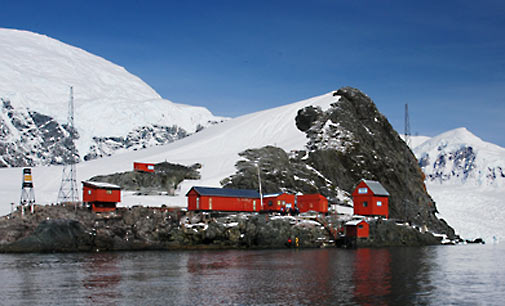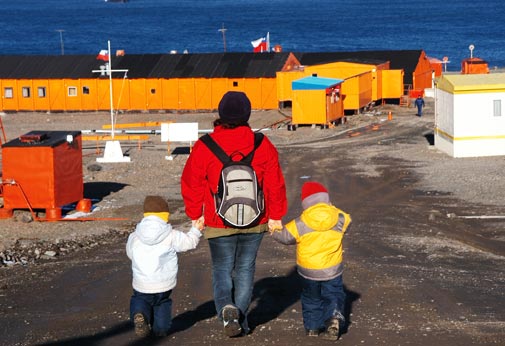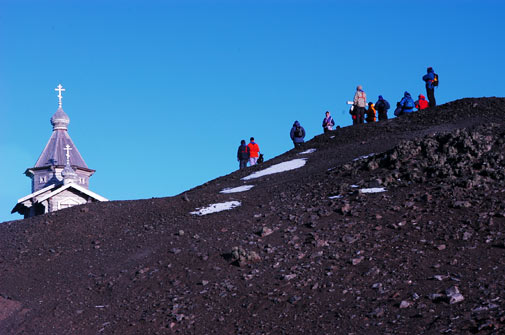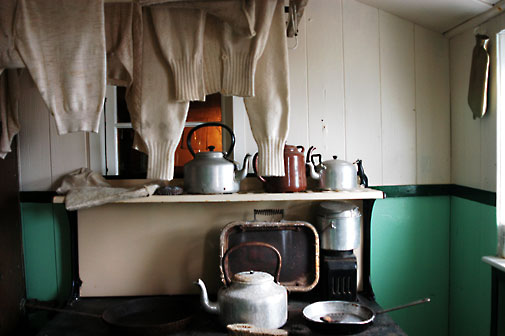A labor community has been formed at each of the bases and they all remain under unusual conditions for a long time.

The first Argentinian base dates back to 1904 on the Orcadas Islands, when the administration of Julio A. Roca acquired a meteorological station created by the Scottish.
After that event, twenty countries established a hundred more stations. In the winter, the staff numbers decrease significantly to the necessary amount of people to maintain the units. In the summer, instead, more people are summoned due to the increase of activities carried out. Almost all the facilities are located on the north of the peninsula.
Life conditions in this icy environment are harsh year round. The men and women committed to these tasks must have a strong service mind. The specialized staff are not faced only with a scientific challenge but also with the inhospitable weather conditions in which they must perform their tasks.

Even though in the last few years, technology has simplified communication with the rest of the world, the enormous distance separating this place from the traditional urban centers demands extra effort and resources in order to supply the needs of all the stations. Icebreakers, helicopters and planes have logistic missions. Other kinds of transport, such as caterpillar vehicles, help men move around on the white continent.
Each base settled with experimental purposes features distinctive traits from their own country. Besides, many of them summon members of different nationalities and a valuable exchange of cultures takes place as a result. An example of diversity is 25 de Mayo Island, inhabited by the Chilean base called Presidente Eduardo Frey, the Russian station known as Bellingshausen, Artigas Station from Uruguay and the Great Wall Station built by China.
The Argentinian base called Esperanza is proud to have the first school in Antarctica and the first citizen born on this white land: Emilio Marcos Palma.

The stations located in the outskirts of the peninsula are scattered around and distant from one another. The United States boasts bigger settlements among which McMurdo stands out on Ross Island and Amundsen Scott rests almost on the geographic South Pole. The latter is a center specialized in atmospheric, weather, astronomic and physic studies and it is completely isolated in the winter.
Within a space dominated by nature, each of the bases on Antarctica has its own features and unique life stories. Nevertheless, all of them make it possible to carry out fundamental scientific progress for men.









Mónica Pons